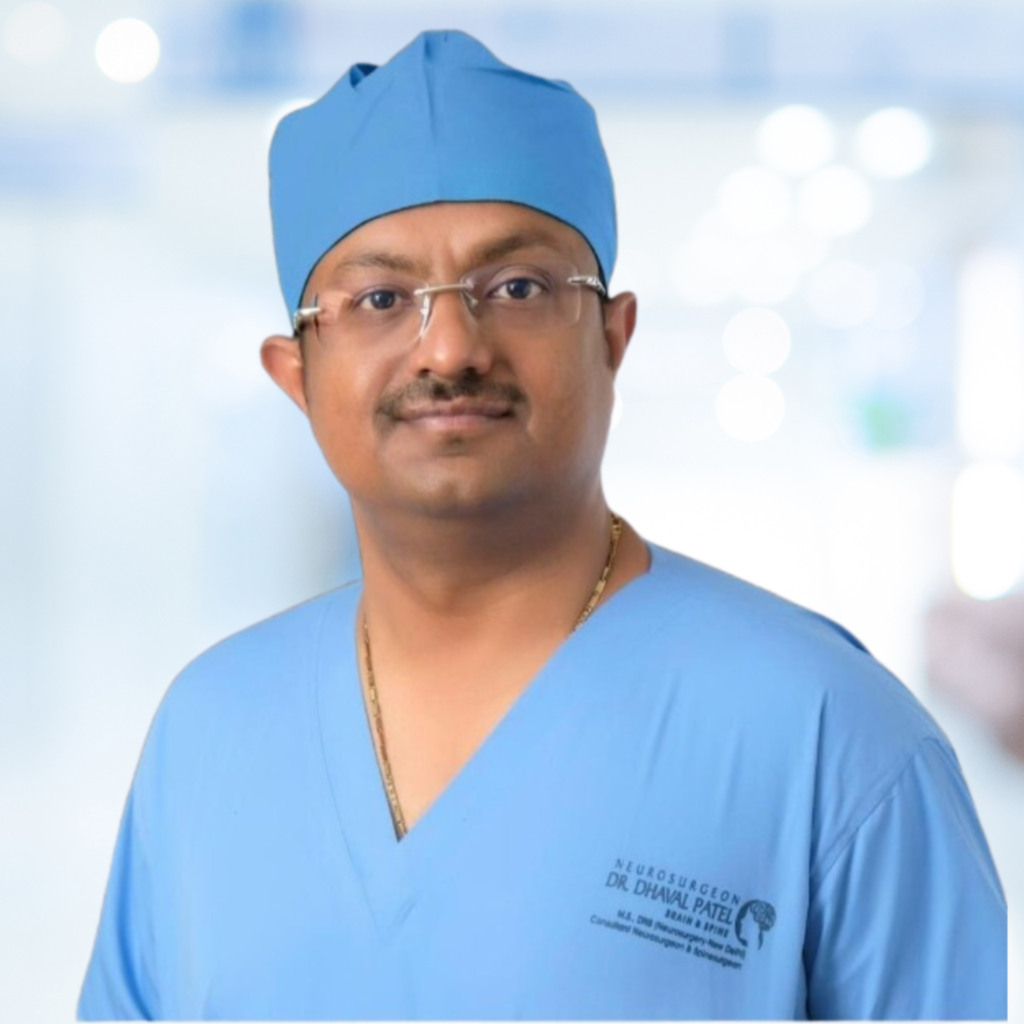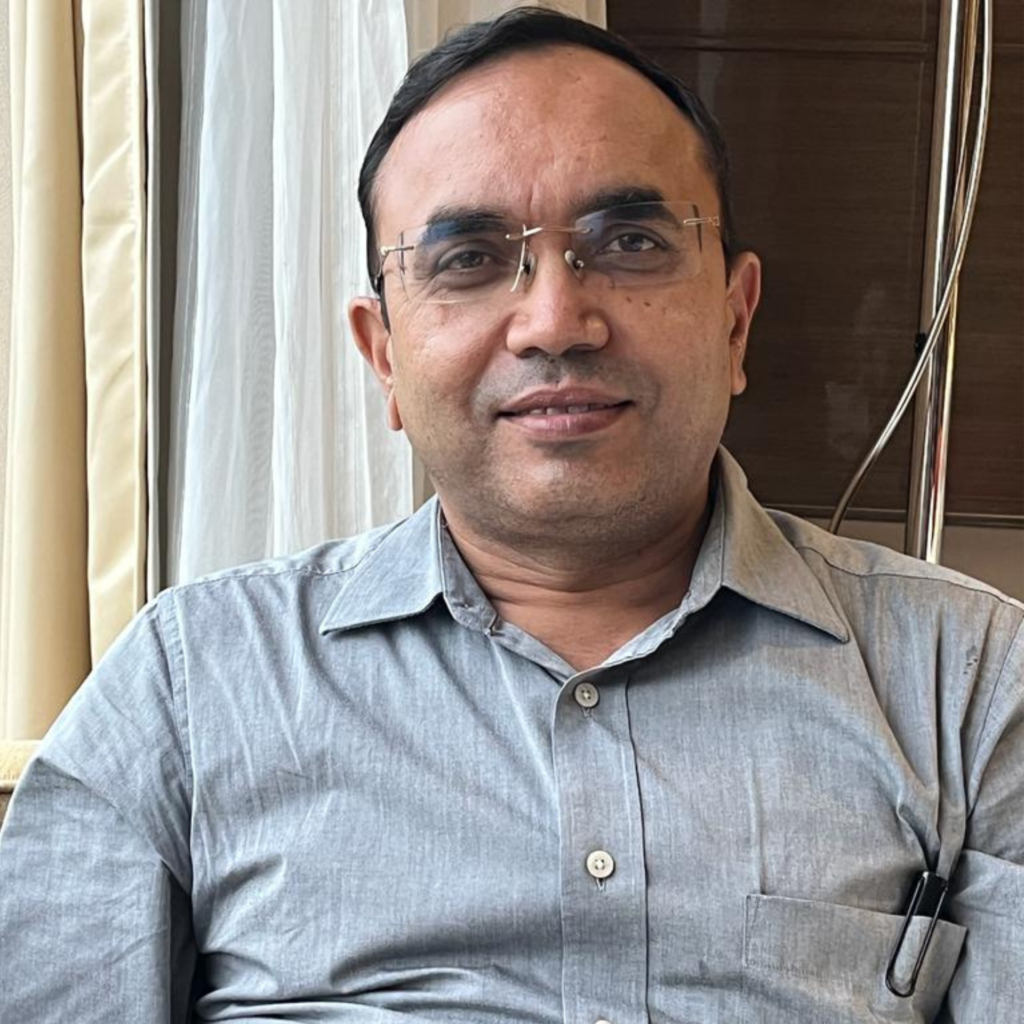- Home
- About Us
- Doctors
- Specialties
- Bariatric Surgery
- Bone Marrow Transplant
- Cancer
- Cardiology
- Cardiovascular And Thoracic Surgery
- Critical Care Medicine
- Dental Surgery
- Dermatology & Cosmetology
- Diabetic Foot Care
- Ear, Nose & Throat
- Endocrinology
- Fetal Medicines
- Gastroenterology
- General Medicine
- General Surgery
- HPB & Gastrointestinal Surgery
- Interventional Radiology
- IVF
- Kidney Transplant
- Laparoscopic Surgery
- Liver Transplant
- Medical And Hemato Oncology
- Neurology
- Neuro & Spine Surgery
- Nephrology And Dialysis
- Nuclear Medicine
- Orthopedic
- Ophthalmology
- Obstetrics And Gynecology
- Pathology Laboratory
- Pediatric
- Peripheral Vascular And Endovascular Surgery
- Physiotherapy and Rehabilitation
- Plastic Reconstruction
- Plastic & Cosmetic Surgery
- Pulmonary Medicine
- Radiation Oncology
- Radiology
- Robotic Surgery
- Surgical Oncology
- Urology
- Facilities
- Patient Area
- Testimonials
- Media
- Contact Us
Traumatology
Restoring Lives, Rebuilding Hope: Comprehensive Traumatology Care
Welcome to the Traumatology Department at Universal Hospital, where we are dedicated to providing expert care for patients dealing with traumatic injuries. Traumatology is a specialized branch of medicine that focuses on the diagnosis, treatment, and rehabilitation of injuries caused by accidents, falls, sports-related incidents, and other traumatic events.
Introduction to Traumatology
Traumatology is the branch of medicine and surgery that focuses on the study, diagnosis, and treatment of injuries resulting from physical trauma. This field encompasses a wide range of injuries, including those caused by accidents, falls, sports-related incidents, and violence. Traumatologists are specialized medical professionals who play a crucial role in managing traumatic injuries and helping patients on the path to recovery.
Scope of Traumatology
1. Types of Injuries:
- Orthopedic Injuries: Fractures, dislocations, and soft tissue injuries.
- Head and Neck Injuries: Traumatic brain injuries, skull fractures, and neck trauma.
- Thoracic and Abdominal Injuries: Chest trauma, abdominal trauma, and injuries to internal organs.
- Peripheral Nerve Injuries: Damage to nerves in the limbs.
- Burn Injuries: Thermal, chemical, or electrical burns.
2. Trauma Assessment:
- Rapid and accurate assessment of the extent and severity of injuries.
- Utilization of diagnostic tools such as X-rays, CT scans, and MRI for comprehensive evaluation.
3. Treatment Modalities:
- Surgical Interventions: Orthopedic surgeries, neurosurgical procedures, and reconstructive surgeries.
- Non-surgical Management: Casting, bracing, physical therapy, and other conservative approaches.
4. Specialized Areas:
- Trauma in Children: Pediatric traumatology.
- Trauma in the Elderly: Geriatric traumatology.
- Sports-Related Injuries: Sports traumatology.

Trauma Care and Emergency Response
1. Emergency Department Protocols:
- Immediate and life-saving interventions for critical trauma cases.
- Coordination with other medical specialties for comprehensive care.
2. Trauma Resuscitation:
- Application of advanced life support measures.
- Stabilization of patients before definitive care.
3. Trauma Systems:
- Development and implementation of trauma care systems to ensure efficient and organized care delivery.
- Integration of pre-hospital, emergency department, and surgical services.
Preventive Measures and Rehabilitation
- Injury Prevention:
- Public education on safety measures and injury prevention strategies.
- Advocacy for legislation promoting safety in various environments.
- Rehabilitation:
- Comprehensive rehabilitation programs for physical and functional recovery.
- Multidisciplinary approaches involving physical therapists, occupational therapists, and rehabilitation specialists.
Advancements in Traumatology
- Technological Innovations:
- Utilization of advanced imaging techniques for precise diagnosis.
- Implementation of robotic-assisted surgeries in trauma cases.
- Research and Education:
- Ongoing research to enhance understanding and treatment of traumatic injuries.
- Continuous medical education for trauma care professionals.


